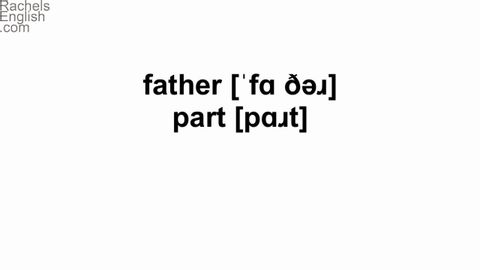
Subtitles & vocabulary
English Pronunciation: T after R like in PARTY - American English
00
Sam posted on 2015/04/26Save
Video vocabulary
sort
US /sɔrt/
・
UK /sɔ:t/
- Transitive Verb
- To organize things by putting them into groups
- To deal with things in an organized way
- Noun
- Group or class of similar things or people
A1TOEIC
More native
US /ˈnetɪv/
・
UK /ˈneɪtɪv/
- Noun (Countable/Uncountable)
- Someone from or born in a specific country
- Original inhabitant, e.g. before others
- Adjective
- Caused by natural ability; innate
A2
More expert
US /ˈɛkˌspɚt/
・
UK /'ekspɜ:t/
- Countable Noun
- Skillful person with special knowledge
- Adjective
- Having special knowledge or skill
A2TOEIC
More sound
US /saʊnd/
・
UK /saʊnd/
- Adjective
- Sensible, dependable and reliable
- Unbroken or undisturbed, as of sleep
- Noun (Countable/Uncountable)
- Unique quality that characterizes a style of music
- Waves traveling in air or water that can be heard
A1TOEIC
More Use Energy
Unlock All Vocabulary
Unlock pronunciation, explanations, and filters
